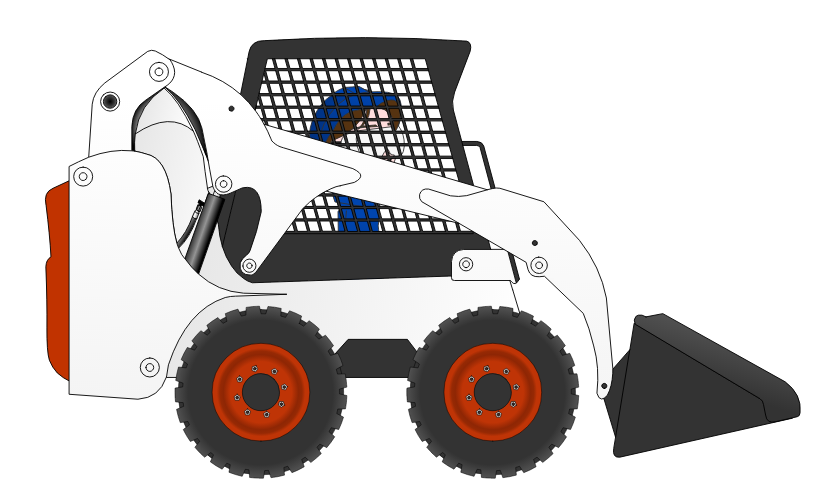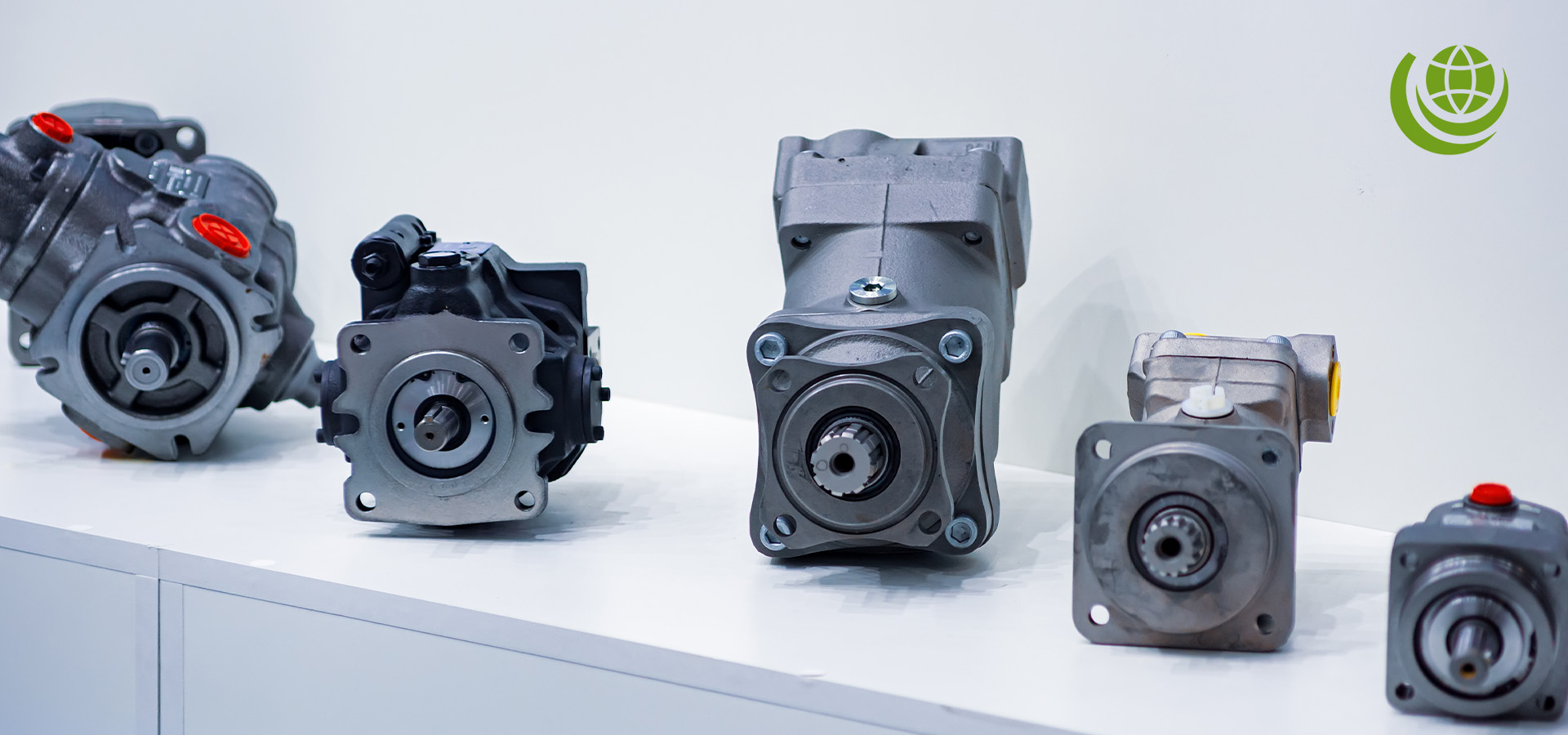A hydraulic motor converts flow and fluid pressure into rotary motion. It’s the muscle of the hydraulic system.
Before we begin looking at different types of hydraulic motors, it is worth reminding ourselves how hydraulic systems work and the role that a hydraulic motor plays within the overall system.
What is the purpose of a hydraulic motor?
Hydraulic systems are designed to transmit power, in a controlled way, through the use of pressurised liquids. Within a hydraulic system, the hydraulic pump ensures the continued flow of fluid. Pressure can then be created by the careful design of applied forces and the gauge of pipes. The hydraulic motor then converts the kinetic energy of flow and the fluid pressure into rotary motion.
You can learn more about hydraulic motors via the fantastic online content at LunchBox Sessions. Their bite-sized training sessions are packed with interactive learning materials for paying members. But each session includes some free taster materials available to all. It’s a fantastic online resource if you want to know more about how hydraulics and other industrial technologies work.
LunchBox Sessions have kindly allowed us to reproduce some of their e-learning content here.
About hydraulic motors
It can be a little confusing to those new to hydraulic systems when we talk about hydraulic motors. They should not be confused with the “prime mover” – the engine that initiates the process by powering the pump. For this reason, you will also hear hydraulic motors referred to as rotary actuators, since this more accurately describes the function they fulfil within the hydraulic system.
There are two different types of actuators in a hydraulic system: rotary actuators (or hydraulic motors) and linear actuators (or cylinders).
There are also semi-rotary actuators like helical, rack and pinion, and vane actuators, illustrated left to right in the image here.

The factors that will affect your choice of hydraulic motor
Deciding which hydraulic motor is right for your application will depend on a number of factors:
- Speed
- Torque
- Range
- Physical characteristics such as robustness, weight, size, etc.
- Ease of service / maintenance
- Acceptable noise levels
- Compatibility with the other components in your hydraulic system
Different types of hydraulic motors have different characteristics and will therefore suit different applications. We go into more detail about this in our ultimate guide to hydraulic motors, which explains the differences between:
- Radial piston motors (crankshaft / multi-lobe cam ring design / dual displacement / compact)
- Hydraulic gear motors
- Hydraulic vane motors
- Axial piston motors
- Gerotor motors
The benefits of using a hydraulic motor
LunchBox Sessions looks at how a hydraulic motor works in order to explain their advantages. Using an industrial construction vehicle to illustrate a typical hydraulic application, it shows how the vehicle’s diesel engine converts the chemical energy of the fuel into rotational energy.
The hydraulic pump then converts the rotational energy into a combination of kinetic and potential energy. Then the hydraulic motor converts the kinetic / potential energy back into rotational energy.
Why are these energy conversions important? Because it makes for greater control and, since most rotary actuators are designed to be bi-directional, it means that reverse motion is possible.

If you would like to learn more about different types of hydraulic motors, head to our guide to hydraulic motors here. Or you can review LunchBox Sessions’ training on hydraulic motors here. Some of their learning materials are free; you don’t need to sign up. However, if you are serious about expanding your knowledge of hydraulic systems, we recommend you consider signing up for a subscription to the entire LunchBox Sessions service. This way, you get full access to all the interactive training materials, tests and simulations for just $29 per month. Students are entitled to a 60% discount off this price when they share their college or university ID.
Alternatively, as a leading global supplier of hydraulic equipment offering the widest selection of hydraulic brands in the UK, you can view our selection of hydraulic motors here. We only showcase a small selection of the hydraulic motors that we can supply, so please do not hesitate to contact our friendly team for personal service and advice.





